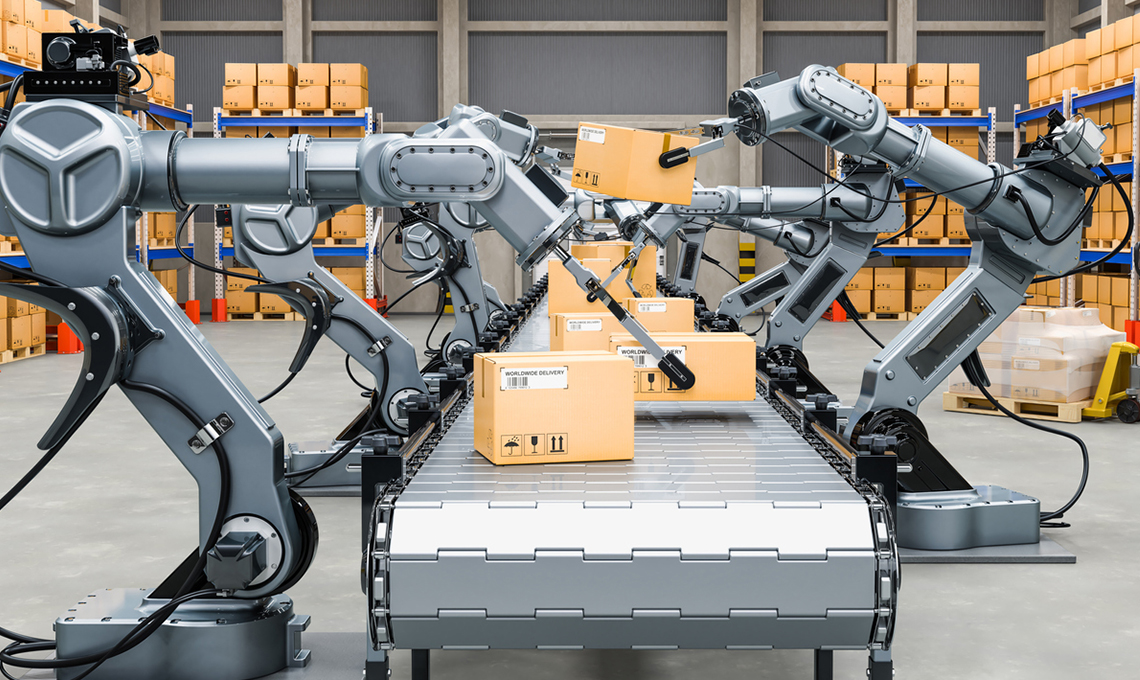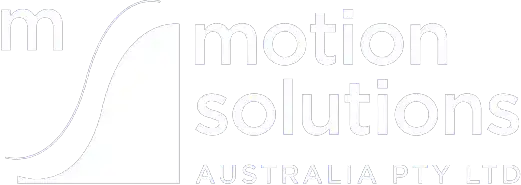In today’s fast-paced industrial landscape, motion control and automation systems play a crucial role in maintaining efficiency and productivity. With several industries relying on these systems for performing a wide range of tasks, accuracy and precision are paramount.
Motion control systems are employed to manage the movement of devices or machine components through various tools, such as electric motors, linear actuators, and servos. Typically, these systems find their applications within numerous sectors — from manufacturing and robotics to packaging, transportation, and energy. As the competitive landscape intensifies, ensuring precision in motion control systems is more imperative than ever before. Better precision enables faster production rates, improved product quality, and reduced downtime, all contributing to your business’s overall success and sustainability.
In today’s article, we’ll emphasise the importance of precision in motion control and automation systems. Motion Solutions Australia Pty Ltd, a company with 30 years of experience in motion control and automation, provides cutting-edge technology and support for businesses seeking to optimise and improve their operations. We’ll cover factors such as efficiency, quality, compliance, and robotics applications. Stay tuned to learn more best practices in motion control and automation and how the experts at Motion Solutions Australia Pty Ltd can help you elevate your system’s performance.
The Importance of Precision in Motion Control & Automation
A Deeper Dive into Precision: Why It Matters
When it comes to motion control and automation systems, achieving high levels of precision should always be a primary goal. To understand the reasons behind this, let’s examine some key factors that come into play when precision plays a central role in your system.
1. Improved Efficiency and Productivity: Enhanced precision and accuracy in motion control systems allow for quicker production rates, thereby boosting overall efficiency within your operations. Likewise, as the system makes fewer mistakes, it leads to less downtime, enhancing productivity.
2. Superior Product Quality: A more precise motion control system can handle intricate and minute details with ease, leading to better product quality and fewer defects. This makes it possible for businesses to stay ahead of their competitors and meet customer needs more effectively.
3. Regulatory Compliance: In industries such as aerospace, automotive, and medical devices, a high level of precision is necessary to comply with industry-specific regulations and standards. Meeting these requirements not only upholds your company’s reputation but also ensures the safety of the end-users.
4. Advanced Robotics Applications: Robotics is one of the most exciting and rapidly evolving fields in motion control and automation. As robots become more advanced, the demand for highly precise systems that can perform intricate tasks without error has risen significantly.
Key Factors to Consider for Achieving Precision
To attain the desired level of precision in your motion control and automation systems, it’s important to take into account several key factors during the planning, development, and execution phases.
1. Selection of Components: The components you choose for your motion control system have a direct impact on the level of precision that can be achieved. High-quality motors, drives, controllers, and actuators are essential for ensuring that your system operates smoothly and accurately. Opt for reputable component manufacturers and suppliers to ensure you get reliable and durable products.
2. System Integration: Proper integration of components is just as important as selecting high-quality parts. Efficient communication between different elements within the system is crucial for achieving optimal performance. Consult with experienced engineers and technicians to ensure that your system is set up correctly.
3. Calibration and Tuning: To maximise precision, appropriate calibration and tuning procedures must be carried out. The process of fine-tuning ensures that components are operating at their optimal levels and adjustments can be made for any inaccuracies that may arise.
4. Preventative Maintenance: Regular maintenance is essential for maintaining system precision and preventing unexpected breakdowns. By carrying out routine inspections and addressing any minor issues before they escalate, you can ensure the longevity and accuracy of your motion control system.
Best Practices for Enhancing Precision in Your Motion Control System
By implementing best practices when designing, constructing, and maintaining your motion control and automation systems, you can further enhance precision and achieve even greater results.
1. Integrate Feedback Mechanisms: Feedback mechanisms, such as encoders and sensors, enable your system to accurately measure and adjust its performance in real-time. This self-correction capability ensures optimal precision throughout the operation.
2. Maintain Optimal Environmental Conditions: External factors, such as temperature, humidity, and vibration, can impact the performance of your motion control system. Ensuring these factors are well-regulated can contribute to better overall precision.
3. Invest in Software Solutions: Advanced software packages can help you boost the precision of your systems. Software designed to work closely with your hardware can not only streamline your processes, making them more consistent and precise, but can also help identify issues and inefficiencies in your system.
4. Continuous Learning and Adaptation: As technology evolves, so do the capabilities of motion control and automation systems. Staying informed on industry advancements and regularly updating your systems can help you maintain a competitive edge and ensure your systems are always performing at their best.
Conclusion
In conclusion, precision should never be overlooked when it comes to motion control and automation systems. By prioritising accuracy, your business can reap the rewards of improved efficiency, increased productivity, higher-quality products, and enhanced regulatory compliance. Additionally, adhering to best practices for component selection, system integration, and preventative maintenance can further raise precision levels, ensuring ongoing success for your operations.
With their extensive experience in motion control and automation, Motion Solutions Australia Pty Ltd is well-positioned to provide the technology and support your business requires to achieve the highest levels of precision. By tailoring their services to cater to your unique needs, Motion Solutions Australia Pty Ltd can help elevate your motion control systems, resulting in unmatched performance. Partner with Motion Solutions Australia Pty Ltd today, and unlock the true potential of your systems.


